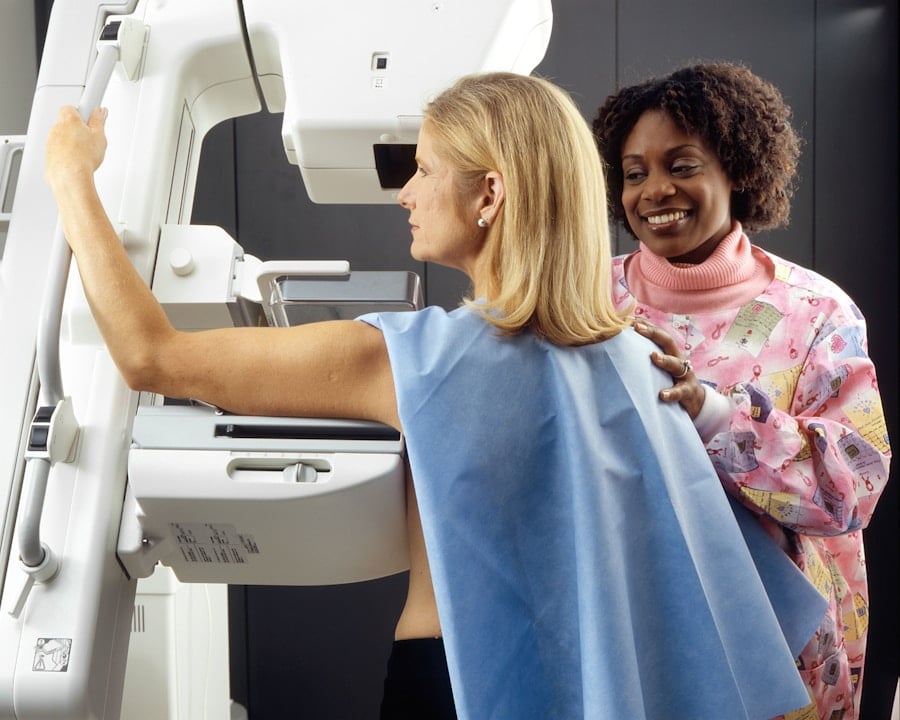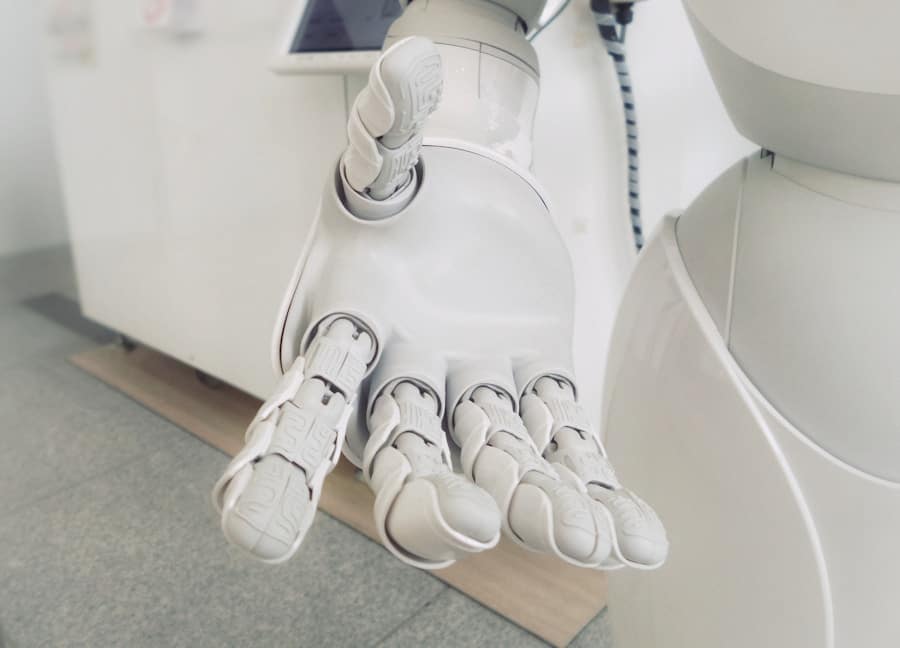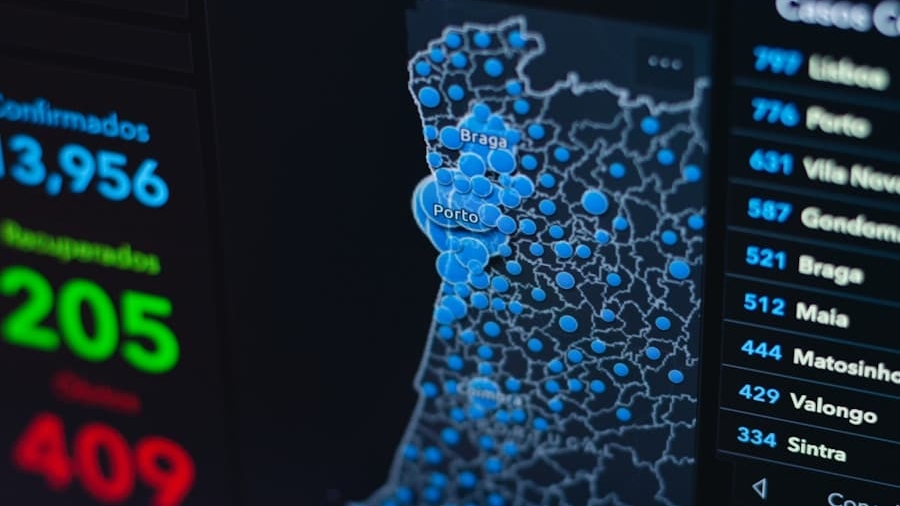Artificial Intelligence (AI) has emerged as a transformative force in various sectors, and radiology is no exception. The integration of AI technologies into radiological practices is reshaping how medical imaging is interpreted, enhancing diagnostic accuracy, and streamlining workflows. Radiology, which relies heavily on the interpretation of complex images from modalities such as X-rays, CT scans, and MRIs, presents a fertile ground for AI applications.
By leveraging machine learning algorithms and deep learning techniques, AI systems can analyze vast amounts of imaging data, identifying patterns that may elude even the most experienced radiologists. The advent of AI in radiology is not merely a trend; it represents a paradigm shift in how healthcare professionals approach diagnosis and patient care. With the increasing volume of imaging studies performed globally, radiologists face the daunting challenge of managing workloads while maintaining high standards of accuracy.
AI tools are designed to assist in this endeavor by providing decision support, reducing the cognitive load on radiologists, and ultimately improving patient outcomes. As we delve deeper into the role of AI in early diagnosis within radiology, it becomes evident that this technology holds significant promise for enhancing the efficiency and effectiveness of medical imaging.
Key Takeaways
- AI in radiology has the potential to revolutionize early diagnosis by improving accuracy and efficiency.
- AI can assist in detecting subtle abnormalities in medical images that may be missed by human radiologists.
- The advantages of AI in radiology for early diagnosis include faster turnaround times and reduced human error.
- Challenges and limitations of AI in early diagnosis include the need for large, high-quality datasets and potential biases in algorithms.
- Case studies have shown promising results of AI in radiology for early diagnosis, such as detecting lung cancer and brain tumors at earlier stages.
The Role of AI in Early Diagnosis
Image Analysis and Disease Detection
One of the primary functions of AI in this context is image analysis. Advanced algorithms can be trained to recognize subtle abnormalities in imaging studies that may indicate the early onset of conditions such as cancer, cardiovascular diseases, or neurological disorders.
AI-Assisted Triage and Resource Allocation
For instance, AI systems can analyze mammograms to detect microcalcifications or masses that may signify breast cancer long before they become clinically apparent. Moreover, AI can facilitate the triaging of imaging studies based on urgency, ensuring that critical cases receive prompt attention. By employing natural language processing (NLP) and machine learning techniques, AI can sift through patient histories and imaging reports to prioritize cases that require immediate intervention.
Enhanced Speed and Resource Allocation
This capability not only enhances the speed of diagnosis but also optimizes resource allocation within radiology departments, allowing radiologists to focus on cases that demand their expertise.
Advantages of AI in Radiology for Early Diagnosis

The advantages of incorporating AI into radiology for early diagnosis are numerous and impactful. One of the most significant benefits is the potential for increased diagnostic accuracy. Studies have shown that AI algorithms can match or even surpass human radiologists in detecting certain conditions.
For example, a study published in the journal Nature demonstrated that an AI system developed by Google Health was able to detect breast cancer in mammograms with greater accuracy than human radiologists, reducing both false positives and false negatives. This level of precision is crucial in early diagnosis, where timely intervention can significantly alter patient outcomes. In addition to accuracy, AI enhances efficiency within radiology departments.
By automating routine tasks such as image segmentation and anomaly detection, AI allows radiologists to dedicate more time to complex cases that require nuanced interpretation. This not only improves workflow but also reduces burnout among radiologists, who often face overwhelming workloads.
This capability is particularly beneficial in emergency settings where rapid diagnosis is essential for effective treatment.
Challenges and Limitations of AI in Early Diagnosis
Despite its promising advantages, the integration of AI into radiology for early diagnosis is not without challenges and limitations. One significant concern is the quality and representativeness of the data used to train AI algorithms. Many AI systems rely on large datasets of annotated images to learn patterns associated with various conditions.
If these datasets are biased or lack diversity, the resulting algorithms may perform poorly when applied to different populations or clinical settings. For instance, an AI model trained predominantly on images from one demographic group may not generalize well to another group with different characteristics. Another challenge lies in the interpretability of AI algorithms.
Many advanced machine learning models, particularly deep learning networks, operate as “black boxes,” making it difficult for clinicians to understand how decisions are made. This lack of transparency can hinder trust among healthcare professionals and patients alike. Radiologists may be hesitant to rely on AI-generated recommendations if they cannot ascertain the rationale behind them.
Additionally, regulatory hurdles pose another barrier to widespread adoption; ensuring that AI systems meet stringent safety and efficacy standards requires rigorous validation processes that can be time-consuming and costly.
Case Studies of AI in Radiology for Early Diagnosis
Several case studies illustrate the successful application of AI in radiology for early diagnosis across various medical conditions. One notable example is the use of AI in detecting lung cancer through chest CT scans. Researchers at Stanford University developed an AI algorithm capable of identifying lung nodules with remarkable accuracy.
In a clinical trial involving thousands of patients, the algorithm demonstrated a sensitivity rate comparable to that of expert radiologists while significantly reducing false positives. This advancement has the potential to revolutionize lung cancer screening programs by enabling earlier detection and treatment. Another compelling case study involves the use of AI in diagnosing diabetic retinopathy through retinal imaging.
The EyeArt system, developed by Eyenuk Inc., employs deep learning algorithms to analyze retinal photographs for signs of diabetic retinopathy—a leading cause of blindness among diabetics. In clinical evaluations, EyeArt achieved sensitivity rates exceeding 90% for detecting referable diabetic retinopathy, allowing for timely referrals to ophthalmologists. This application underscores how AI can bridge gaps in access to specialized care, particularly in underserved communities where ophthalmologists may be scarce.
Future Implications of AI in Radiology for Early Diagnosis

The future implications of AI in radiology for early diagnosis are vast and promising. As technology continues to evolve, we can expect more sophisticated algorithms capable of integrating multimodal data sources—combining imaging data with electronic health records (EHRs), genetic information, and clinical histories to provide comprehensive diagnostic insights. Such integrative approaches could lead to personalized medicine strategies where diagnoses and treatment plans are tailored to individual patient profiles.
Moreover, advancements in explainable AI (XAI) are likely to enhance the interpretability of machine learning models used in radiology. By developing algorithms that provide clear rationales for their predictions, researchers aim to foster greater trust among clinicians and patients alike. This transparency will be crucial as healthcare systems increasingly adopt AI technologies into routine practice.
Additionally, ongoing collaborations between technology companies and healthcare institutions will drive innovation, leading to new applications that further enhance early diagnosis capabilities across various medical specialties.
Ethical and Legal Considerations of AI in Radiology for Early Diagnosis
The integration of AI into radiology raises several ethical and legal considerations that must be addressed to ensure responsible implementation. One primary concern revolves around patient privacy and data security. The use of large datasets for training AI algorithms necessitates stringent measures to protect sensitive patient information from breaches or misuse.
Healthcare organizations must navigate complex regulations such as HIPAA (Health Insurance Portability and Accountability Act) in the United States while ensuring compliance with data protection laws globally. Additionally, issues related to accountability arise when AI systems are involved in diagnostic processes. If an AI algorithm makes an erroneous diagnosis leading to adverse patient outcomes, determining liability can be challenging.
Questions about whether responsibility lies with the healthcare provider who relied on the AI’s recommendation or with the developers of the algorithm itself must be carefully considered. Establishing clear guidelines and frameworks for accountability will be essential as AI becomes more integrated into clinical workflows.
Conclusion and Recommendations for Implementing AI in Radiology for Early Diagnosis
As we stand on the brink of a new era in radiology driven by artificial intelligence, it is imperative that stakeholders—including healthcare providers, technology developers, and regulatory bodies—collaborate to harness its full potential while addressing inherent challenges. To facilitate successful implementation, organizations should invest in comprehensive training programs for radiologists that emphasize collaboration with AI tools rather than viewing them as replacements. This approach will foster a culture of innovation where clinicians feel empowered to leverage technology for improved patient care.
Furthermore, establishing robust validation processes for AI algorithms is crucial to ensure their safety and efficacy before widespread adoption. Continuous monitoring and evaluation post-implementation will help identify areas for improvement and ensure that these systems remain aligned with clinical needs. By prioritizing ethical considerations and fostering transparency in AI decision-making processes, we can build trust among healthcare professionals and patients alike—ultimately paving the way for a future where AI enhances early diagnosis capabilities in radiology and transforms patient outcomes across the globe.
In a related article, Samsung Smartwatches Review, the latest advancements in wearable technology are explored, showcasing how these devices can track health metrics and provide valuable data for early diagnosis in healthcare. Just as AI is revolutionizing radiology by supporting early diagnosis, smartwatches are also playing a crucial role in monitoring and improving overall health outcomes. The integration of AI and wearable technology is paving the way for more personalized and proactive healthcare solutions.
FAQs
What is AI in radiology?
AI in radiology refers to the use of artificial intelligence technology to assist radiologists in interpreting medical images such as X-rays, CT scans, and MRIs. AI algorithms can analyze and identify patterns in images to help with early diagnosis and treatment planning.
How is AI supporting early diagnosis in radiology?
AI is supporting early diagnosis in radiology by helping radiologists to detect abnormalities and potential diseases in medical images at an earlier stage. This can lead to earlier treatment and better patient outcomes.
What are the benefits of using AI for early diagnosis in radiology?
The benefits of using AI for early diagnosis in radiology include improved accuracy and efficiency in detecting abnormalities, faster turnaround times for image analysis, and the potential for earlier intervention and treatment for patients.
Are there any limitations to using AI for early diagnosis in radiology?
Some limitations of using AI for early diagnosis in radiology include the need for high-quality training data, potential biases in the algorithms, and the importance of human oversight to ensure accurate interpretation of the AI-generated results.
How is AI technology integrated into radiology practices?
AI technology is integrated into radiology practices through the use of specialized software and platforms that can analyze medical images, identify abnormalities, and provide diagnostic support to radiologists. Radiology departments may also invest in AI-enabled imaging equipment.

